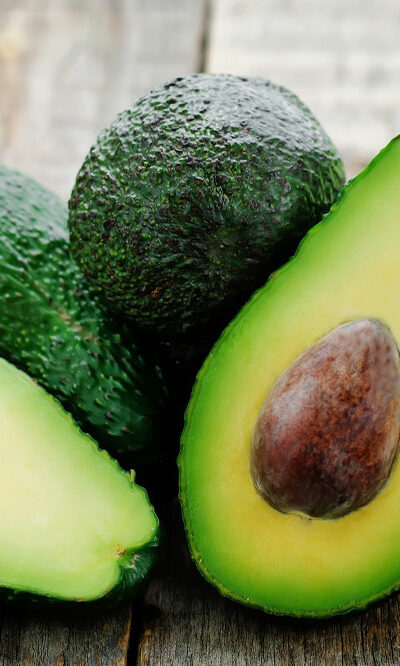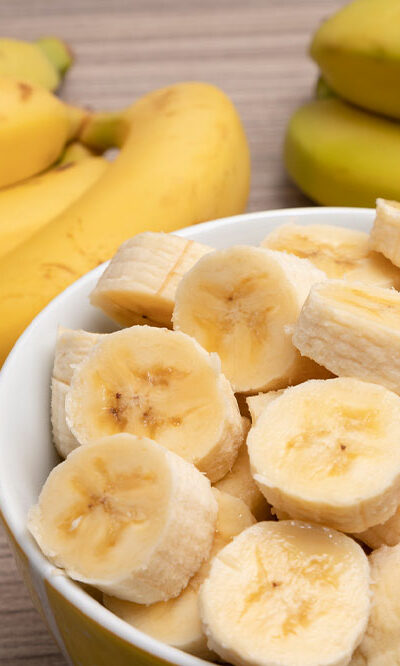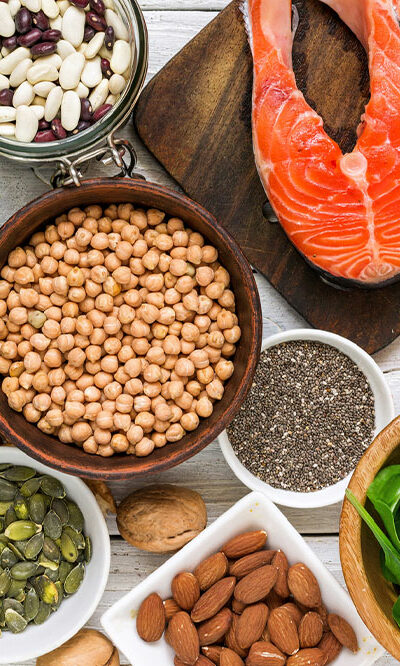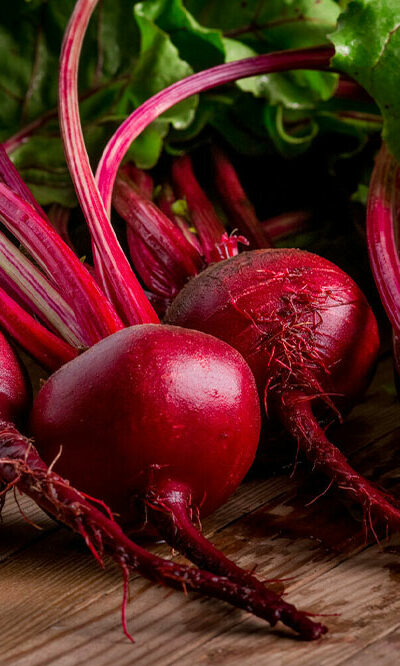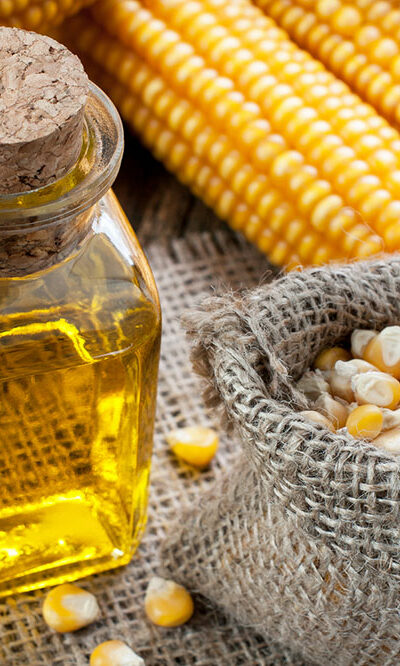
11 early warning signs of age-related macular degeneration
The eyes help one perceive different stimuli. Therefore, promptly diagnosing eye-related conditions is essential to ensure eye health. Age-related Macular Degeneration (AMD) is a progressive eye condition involving damage to the macula or a part of the retina situated at the back of the eye. Individuals aged 50 and above are particularly susceptible to this condition. This article discusses a few early warning signs of AMD that one shouldn’t ignore. Early warning signs of age-related macular degeneration In general, age-related macular degeneration is classified as dry and wet. Dry AMD involves gradual thinning of the retina caused by age and is characterized by symptoms like blurred vision and progressive vision loss. Wet AMD, considered a more serious condition than dry AMD, results from irregular growth of blood vessels in the retina, causing accumulation of fluid in the back of the eye. Dry AMD may gradually progress to wet AMD with time, particularly if left untreated. Some early warning signs of AMD are as follows: 1. Blurred vision Since AMD involves blood or fluid leakage from blood vessels into the macula, individuals with this disease may experience blurry vision. 2. Wavy appearance of straight lines Age-related macular degeneration significantly affects one’s central vision, which is indispensable in facilitating the recognition of shapes, lines, colors, etc. Consequently, patients with AMD may perceive straight lines as curved or wavy. 3. Problems with recognizing familiar faces As mentioned earlier, AMD hampers one’s central vision, which is also responsible for face recognition. Hence, patients with AMD often find it difficult to recognize familiar people—even their close family members and friends. 4. Issues with sleep Some studies have found an association between the prevalence of AMD and increased rates of sleep issues, such as sleep apnea, insomnia, and generally poorer sleep quality than individuals without the condition.



